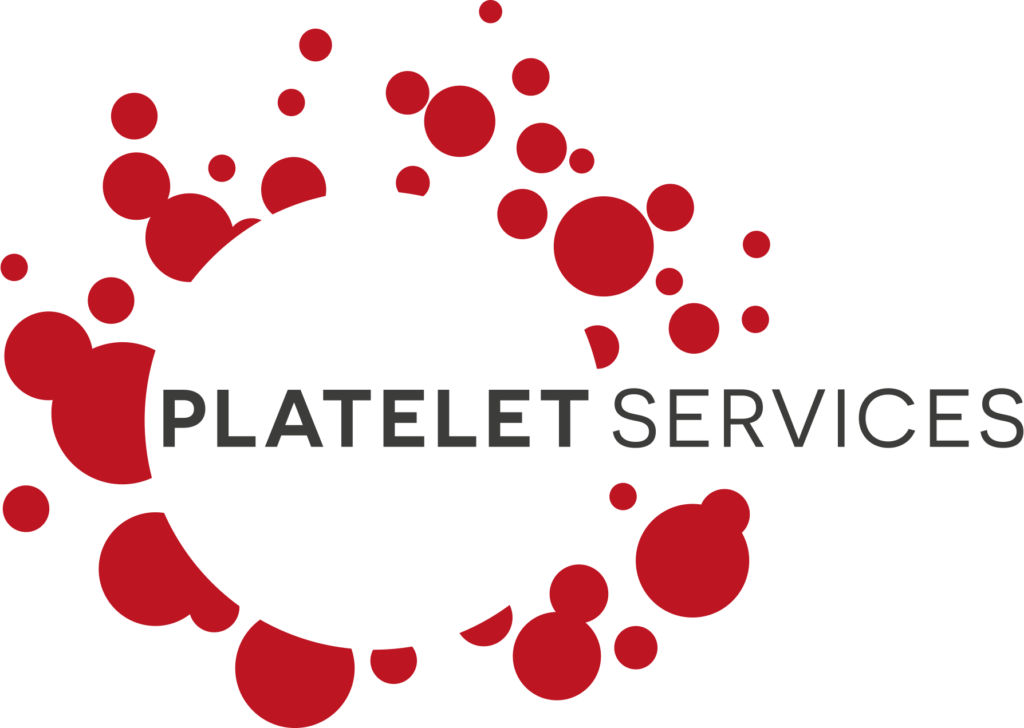It is now 50 years since the first randomised, controlled trial of aspirin in the secondary prevention of mortality from myocardial infarction (MI)[1].
Although the results of the trial were statistically inconclusive, positive signals were observed. Over the next two decades, multiple studies were conducted in a range of patient groups leading to the conclusion in a 1994 meta-analysis [2] of 145 studies, that “antiplatelet therapy protects a wider range of patients at high risk of occlusive vascular disease than is currently treated routinely: it should be considered for almost all with suspected acute myocardial infarction, unstable angina, or a history of myocardial infarction, angina, stroke, transient ischaemic attack, arterial bypass surgery, or angioplasty”.
This analysis also consolidated the use of “medium dose” (75-300 mg) aspirin as the backbone for future antiplatelet treatment.
The CAPRIE trial
Two years later, the CAPRIE study [3] demonstrated that long-term treatment with the P2Y12 antagonist clopidogrel was more effective than aspirin in reducing the combined risk of ischaemic stroke, MI, or vascular death, in patients with atherosclerotic vascular disease. This led to the establishment of clopidogrel as the treatment of choice in patients with peripheral arterial disease.
Better together?
In the case of patients with coronary arterial disease, aspirin remained the mainstay, and research moved on to the evaluation of dual antiplatelet therapy (DAPT), involving the addition of a P2Y12 antagonist to background aspirin. Pivotal studies such as CURE4, TRITON-TIMI 38 [5], and PLATO [6] established the efficacy benefit of DAPT, but also showed that this benefit was achieved at the expense of increased risk of bleeding.
Recent meta-analyses [7,8] have shown that, beyond an initial short period of DAPT, monotherapy with a P2Y12 antagonist may offer the best balance between efficacy and bleeding risk compared with long-term aspirin or DAPT.
The future of oral antiplatelet therapy
So, where does that leave us today? 50 years on, we are still learning how to optimally use the suite of antiplatelet therapies available, either as monotherapies or in combination.
Perhaps the most surprising development is the emerging challenge to the use of aspirin in some settings and the potential for greater benefit and reduced bleeding risk with P2Y12 antagonist monotherapy. With advances in genotyping and platelet function testing there is also the potential for personalised antiplatelet therapies, offering a precision medicine approach for improved patient outcomes [9].
Here at Platelet Services, we provide full-range, independent pre-clinical services in platelet testing. Our mission is to use best practice to solve platelet challenges in drug discovery and development. Find out more about our service offering here.
- https://www.ncbi.nlm.nih.gov/pmc/articles/PMC1633246
- https://www.ncbi.nlm.nih.gov/pmc/articles/PMC2539220
- https://pubmed.ncbi.nlm.nih.gov/8918275/
- https://www.nejm.org/doi/full/10.1056/nejmoa010746
- https://www.nejm.org/doi/full/10.1056/nejmoa0706482
- https://www.nejm.org/doi/full/10.1056/nejmoa0904327
- https://doi.org/10.1016/j.jcin.2020.11.046
- https://doi.org/10.1016/j.jacc.2023.04.051
- https://www.nice.org.uk/news/article/testing-could-help-prevent-further-strokes-in-people-with-gene-variant

